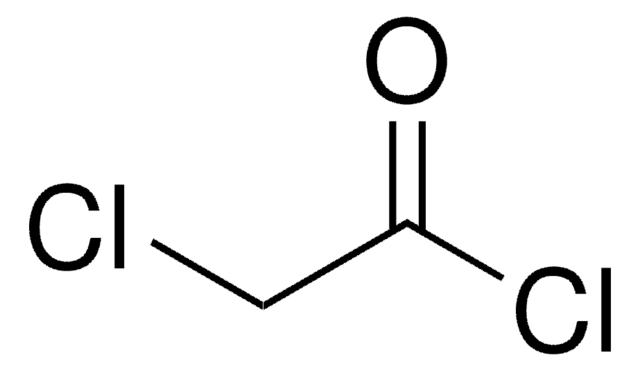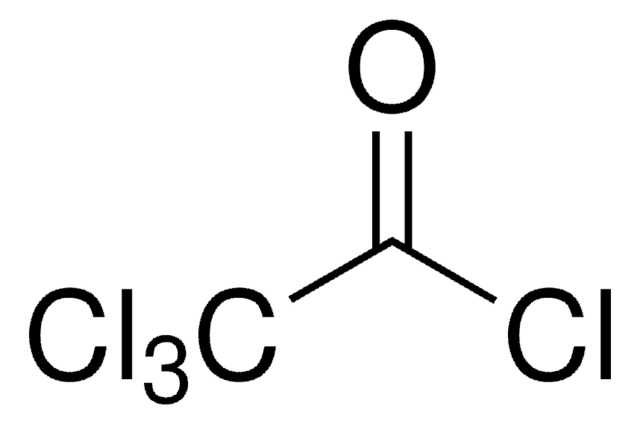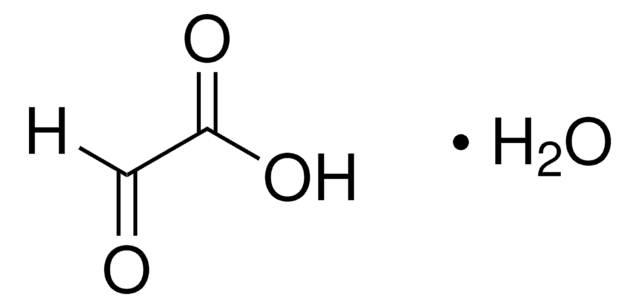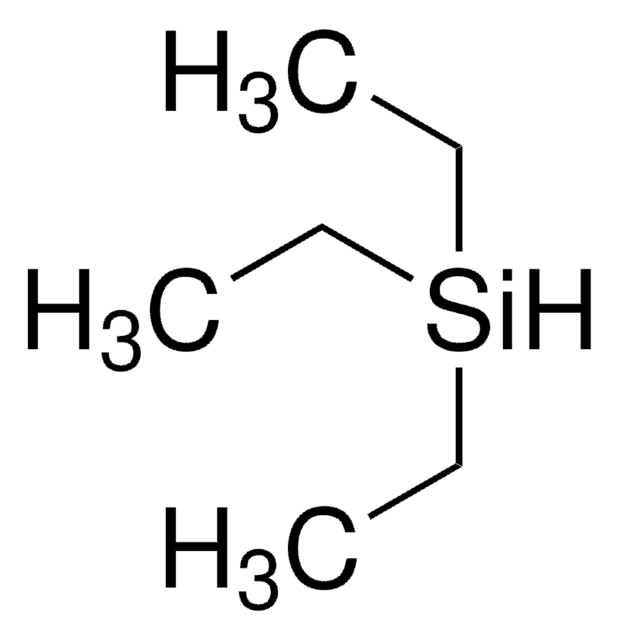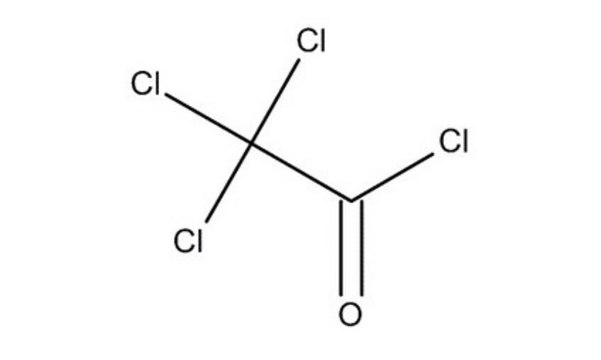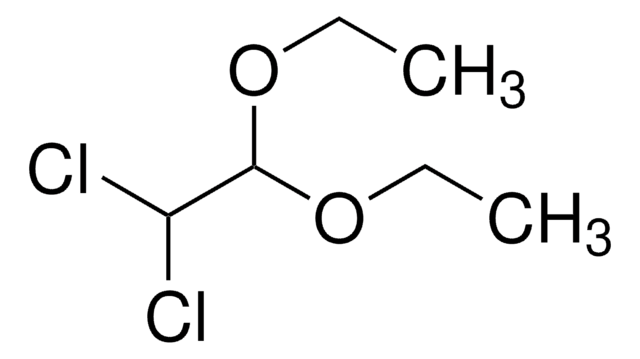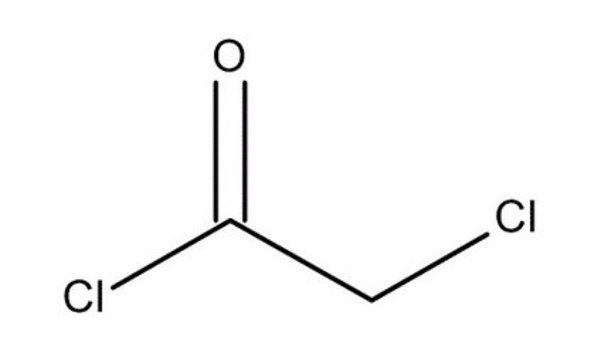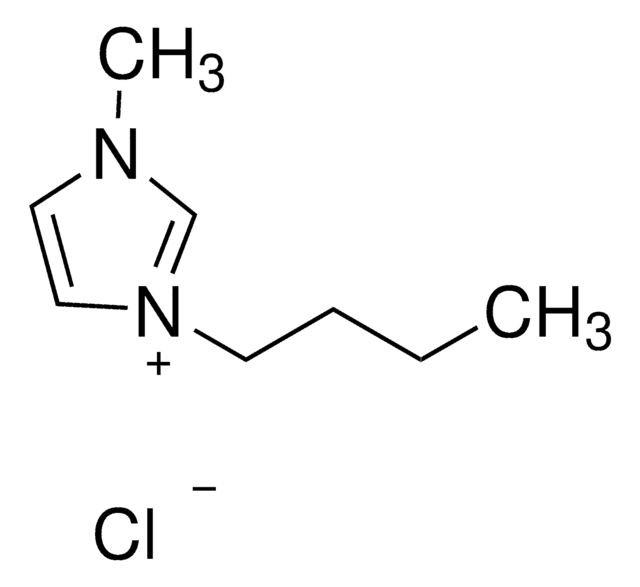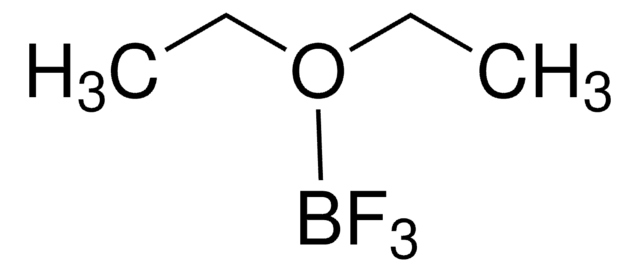D55008
Dichloroacetyl chloride
98%
Synonym(s):
α,α-Dichloroacetyl chloride, 2,2-Dichloroacetyl chloride, Dichloracetyl chloride, Dichloroacetic acid chloride, Dichloroethanoyl chloride
About This Item
Recommended Products
Quality Level
Assay
98%
form
liquid
refractive index
n20/D 1.46 (lit.)
bp
107-108 °C (lit.)
density
1.532 g/mL at 25 °C (lit.)
SMILES string
ClC(Cl)C(Cl)=O
InChI
1S/C2HCl3O/c3-1(4)2(5)6/h1H
InChI key
FBCCMZVIWNDFMO-UHFFFAOYSA-N
Looking for similar products? Visit Product Comparison Guide
Signal Word
Danger
Hazard Statements
Precautionary Statements
Hazard Classifications
Aquatic Acute 1 - Carc. 1B - Eye Dam. 1 - Skin Corr. 1A
Supplementary Hazards
Storage Class Code
6.1C - Combustible acute toxic Cat.3 / toxic compounds or compounds which causing chronic effects
WGK
WGK 2
Personal Protective Equipment
Regulatory Information
Choose from one of the most recent versions:
Already Own This Product?
Find documentation for the products that you have recently purchased in the Document Library.
Our team of scientists has experience in all areas of research including Life Science, Material Science, Chemical Synthesis, Chromatography, Analytical and many others.
Contact Technical Service